T4K3.news
Mutant deer story prompts caution
Online posts about deer with flesh lumps highlight a deer health issue, not a human threat, and call for careful reporting.

Images of a deer with flesh lumps circulate online, raising questions about a wildlife disease and its wider implications.
Mutant deer spotted with terrifying flesh bubbles in the US
Images circulating on social media show white tailed deer with dark, fleshy lumps on their skin. Experts identify the condition as deer fibroma, a virus driven by a species specific papillomavirus that mainly affects deer and does not infect humans. The lumps are typically a few centimeters wide and may appear on the chest or face; a deer can have several lumps or only a single growth. There is no widely available treatment, and veterinarians generally advise monitoring the animal and avoiding intervention unless it affects the animal’s welfare.
Public health officials note that the virus does not jump to people or other animals beyond deer. Transmission occurs when deer share feeding grounds or rubbing posts, and the broader risk lies in how online images shape fear rather than scientific understanding. In worst cases, if the deer cannot eat, move, or see properly, euthanasia may be considered. Some researchers point to climate factors as a possible driver, since warmer temperatures support ticks and other pests that carry disease into new areas.
Key Takeaways
"Deer fibroma is a deer issue not a human one"
Factual note on transmission
"Misinformation travels faster than the facts"
Editorial observation on social media dynamics
"Climate change is reshaping the map of wildlife diseases"
Scientific framing of disease spread
"Leave infected deer be unless welfare requires action"
Guidance for wildlife management
The online spread of striking images often outpaces expert explanations. This story sits at the intersection of wildlife health and climate talk, which can invite quick, polarized reactions. A calm, evidence based approach helps readers separate curiosity from fear: deer fibroma is a deer issue that does not threaten human health, while climate driven shifts may influence where such diseases appear. Journalists should provide clear context about transmission, treatment limits, and wildlife management to prevent sensationalism from clouding science.
Highlights
- Deer fibroma is a deer issue not a human one
- Misinformation travels faster than the facts
- Climate change is reshaping the map of wildlife diseases
- Leave infected deer be unless welfare requires action
Public reaction and misinformation risk
The viral nature of the images could provoke fear or misguided calls for action. The piece notes climate links but risks amplifying controversy without clear guidance.
Steady, factual reporting helps communities respond without panic.
Enjoyed this? Let your friends know!
Related News
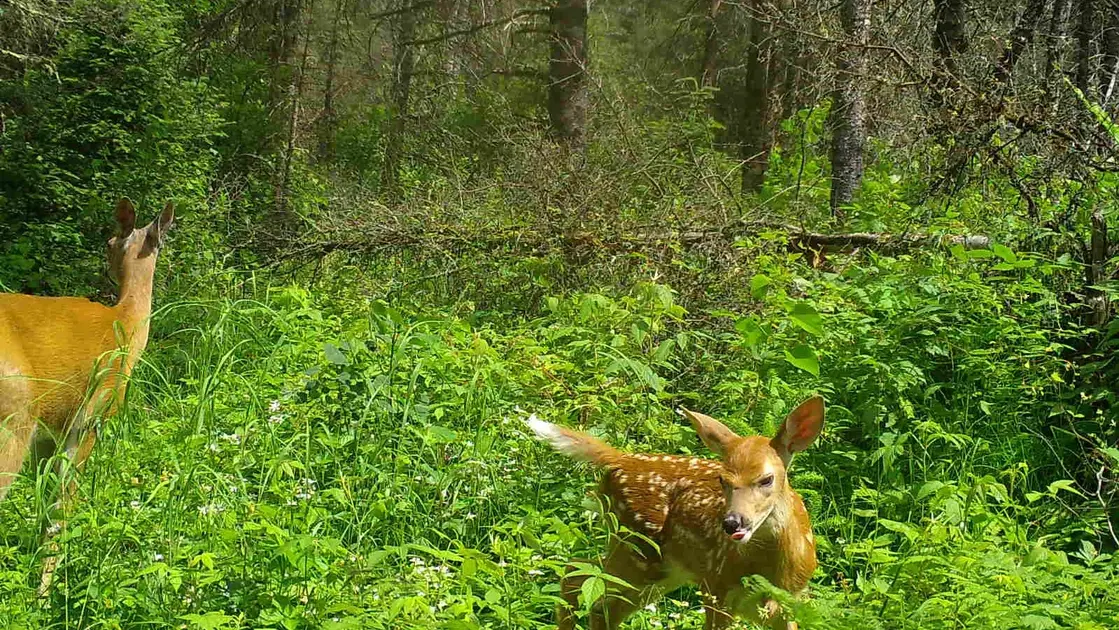
Deer deaths in Hamilton County prompt wildlife testing
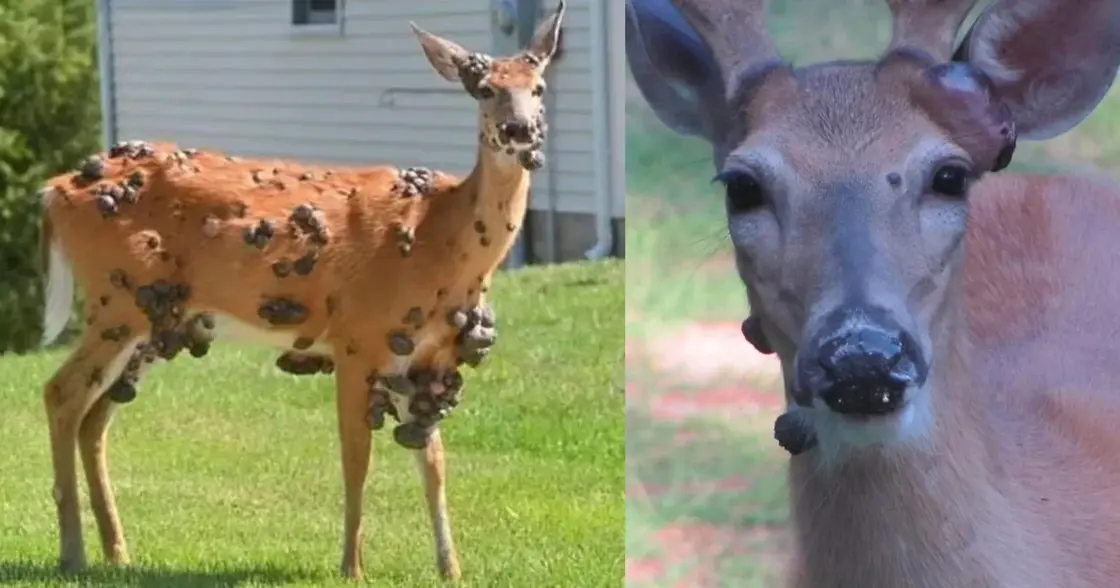
Deer disease sightings prompt health officials to monitor

Italy cliff diving death prompts safety warnings
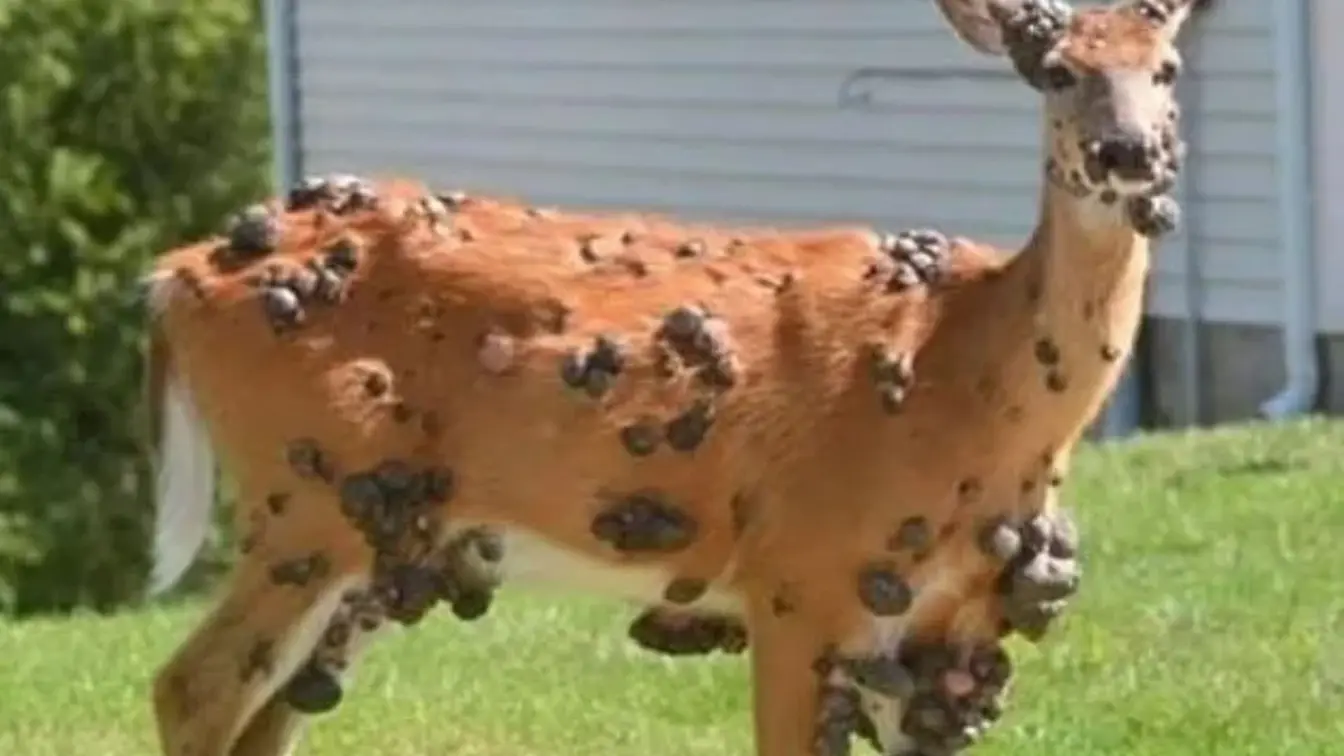
Wildlife lesions prompt official guidance

Heart failure risk linked to pregabalin study
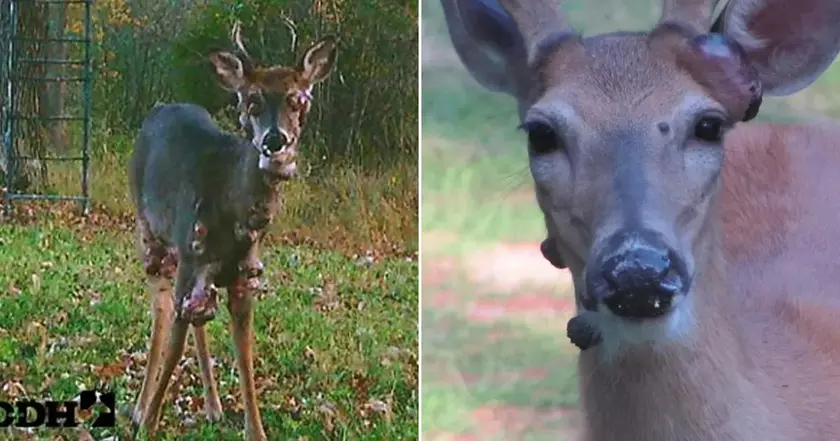
Deer fibroma found in several states
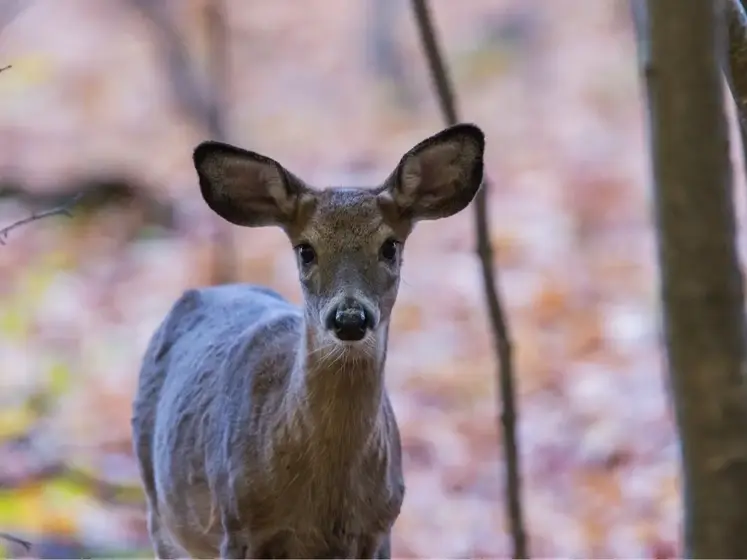
Rabies detected in Waterford deer

Meta requests ongoing access to user photos for AI feature
